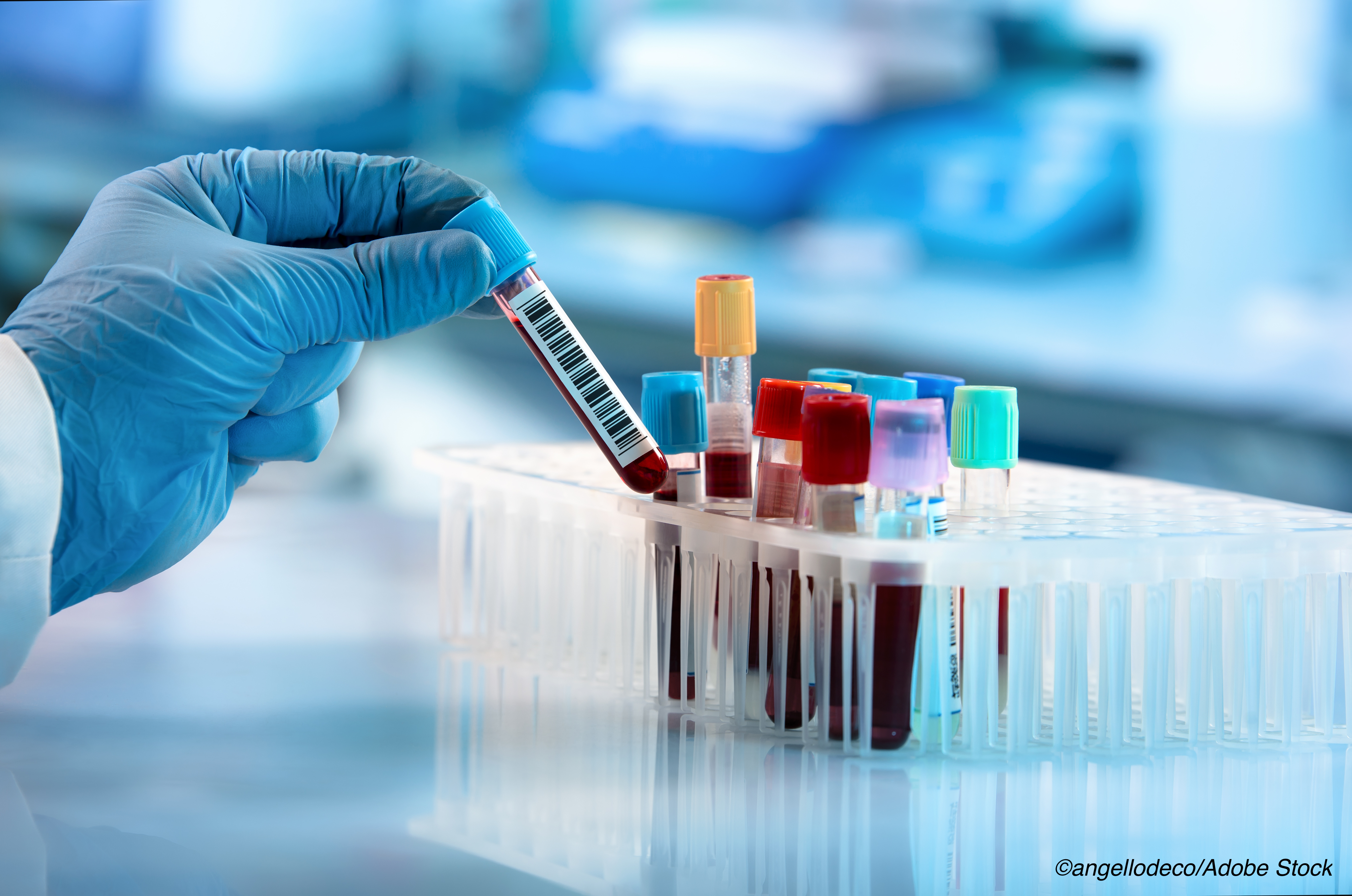
“This study provides Class III evidence that variable levels of four plasma proteins, when analyzed by a diagnostic algorithm, can distinguish PNES from epileptic seizures with sensitivity of 82.6% and specificity of 91.6%,” wrote Peter Crino, MD, PhD, of University of Maryland in Baltimore, and co-authors in Neurology.
Crino and colleagues examined immune response protein levels in patients compared to healthy controls and related them to EEG-verified epileptic seizures. Daily blood samples were obtained, and from 51 candidate proteins the group developed a predictive algorithm using the proteins TRAIL, ICAM-1 (both higher in PNES), MCP-2, and TNF-R1 (both higher in epileptic seizures).
Their diagnostic algorithm had an area under the receiver operator characteristic curve (AUC) of 0.94, with sensitivity of 82.6% (95% CI 62.9-93.0) and specificity of 91.6% (95% CI 74.2-97.7). When PNES risk factors of major depressive disorder, trauma, polyallergies, pain, and conversion disorder were included, AUC increased to 0.97 with sensitivity of 91.3% (95% CI 73.2-97.6) and specificity of 95.8% (95% CI 79.8-99.3).
“The study should be viewed as a promising, but very preliminary, study in exploring biomarkers to differentiate epileptic seizures from PNES,” wrote G. Bryan Young, MD, of University of Western Ontario in Canada, and Liu Lin Thio, MD, PhD, of Washington University in St. Louis, in an accompanying editorial. “Ultimately, if specific proteins help to reliably differentiate epileptic seizures from PNES patients when combined with clinical features, an inexpensive, practical assay should be developed, as measuring cytokines and other inflammatory markers would otherwise not be feasible for most clinical units.”
“The authors wisely evaluated the changes following individual seizures, as >10% of epileptic seizures patients also have PNES and over 20% of PNES patients have epileptic seizures,” they added.
A previous biomarker for PNES, prolactin, was found to have insufficient sensitivity for clinical use in a 2016 review that also included postictal cortisol, neuron specific enolase, and leptin. But as neuroinflammation emerged over the last two decades as an important factor in epilepsy, improvements in plasma measurement technology broadened and shifted the scope of PNES biomarker research. By 2010, proposals for epilepsy therapeutics based on these insights had emerged, including antagonists of IL-1beta receptors. Subsequent work included more detailed associations of chemokines, cytokines, and vascular injury mediators determined in tissue samples from medically refractory temporal lobe epilepsy patients.
Both inflammatory and anti-inflammatory mediators are produced with epileptic seizures. Those that may play a role in perpetuating seizures include IL-1β, TNF-a, and IL-6, and may be elevated with epileptic seizures; those with an anti-inflammatory role include IL-10. “Hypothetically, the pro-inflammatory proteins would be expected to be elevated, and anti-inflammatory mediators might be depressed or elevated in plasma” with epileptic seizures, the editorialists observed.
Crino and colleagues evaluated 137 patients age 12 and older seen in the epilepsy monitoring unit from 2014 to 2015 for differential diagnosis or pre-surgical evaluation and compared them to 29 healthy controls. Data from blood draws was used within 24 hours of seizures. Patients with syncope or tremor were excluded.
After excluding patients with no definitive diagnosis or no blood draw within 24 hours of an EEG-diagnosed event, final cohorts included 23 people with epileptic seizures (65% female, mean age 44) and 24 people with PNES (79% female, mean age 44). All patients with epileptic seizures had confirmed seizure with regional onset pattern, were treated with at least one anti-epileptic drug, and had inter-ictal spikes of sharp waves on EEG. Average seizure duration was 2.6 minutes.
A literature review identified 51 inflammation related proteins linked to seizures, inflammatory pathways, cell adhesion, and systemic immune response. C-reactive protein, calbindin, ICAM-1, IFN-γ, interleukin species, and tumor necrosis factor species were among them. Logistic regression with inclusion based on effect sizes was used to combine candidate proteins leading to the model with optimum AUC including TRAIL, ICAM-1, MCP-2, and TNF-R1.
These results are preliminary, and important limitations and significant questions remain, the editorialists noted.
“The cohorts were small in number and do not allow a reliable assessment of how various clinical factors, such as age, sex, seizure type, specific anti-seizure medications, and drug responsiveness, influence the blood levels of pro-inflammatory or anti-inflammatory markers,” Young and Thio wrote. “The specific proteins found to differentiate and PNES are somewhat unexpected and many good candidates were not found to be significant. Also, the origin of the plasma proteins that help to distinguish epileptic seizures from PNES is unclear and could have been muscle or another tissue rather than brain.”
“Multicenter studies involving large numbers of patients with various seizure types and careful tabulation of various associated clinical variables (as done in this preliminary study) may provide definitive answers,” they added.
-
A blood test differentiated epileptic seizures from psychogenic nonepileptic seizures (PNES), an early study showed.
-
Findings are preliminary, and important study limitations and significant questions remain.
Paul Smyth, MD, Contributing Writer, BreakingMED™
The study was funded by NIH and Evogen, Inc.
Crino received grant support from NINDS and is on scientific advisory board of Cognizance Biomarkers, a subsidiary of Evogen, Inc.
The editorialists reported no disclosures.
Cat ID: 34
Topic ID: 82,34,730,34,192,925


